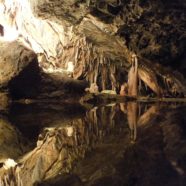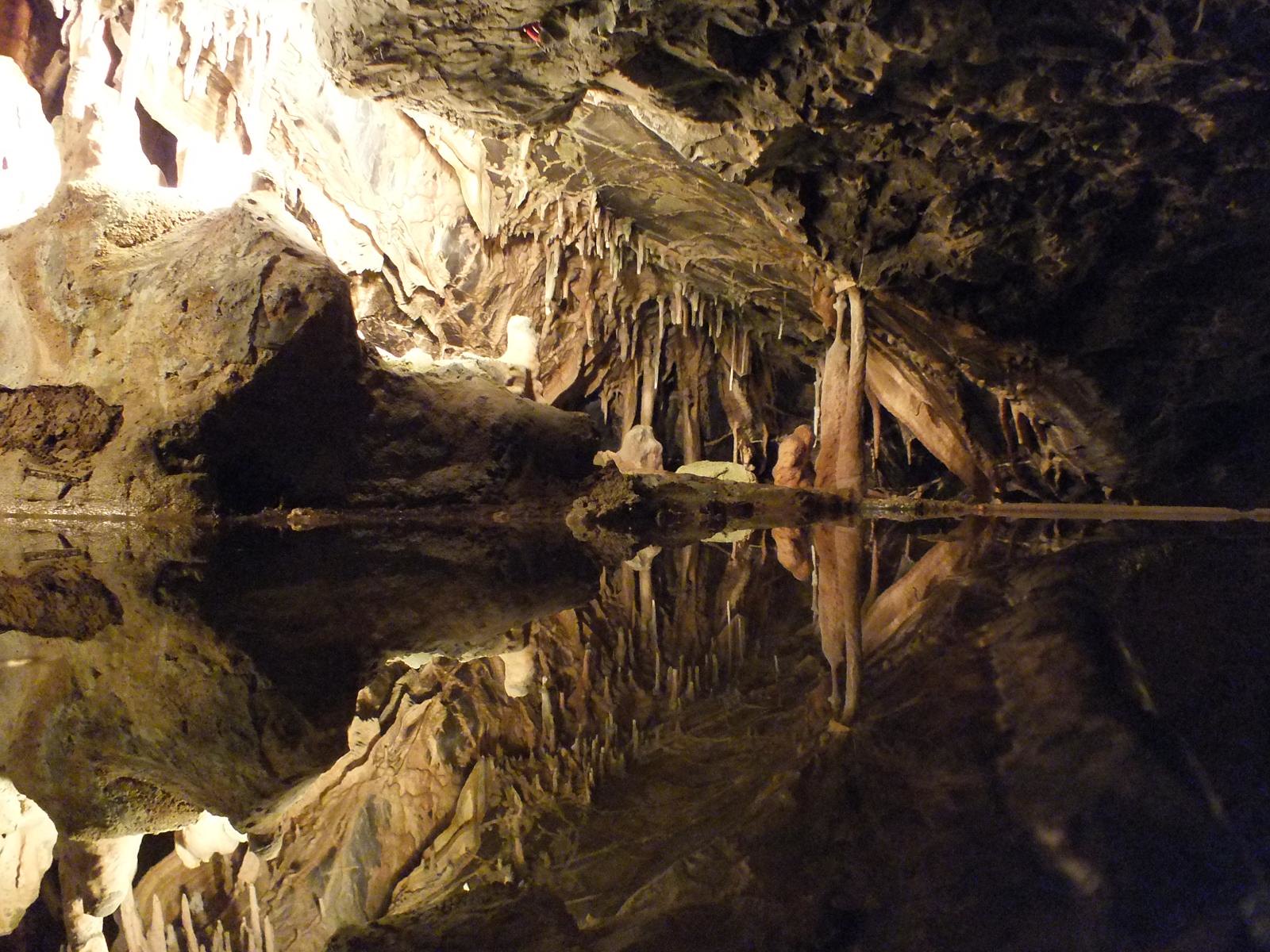Hypnotic Inhumanism
I was delighted to be able to deliver my keynote online for the rescheduled 10th anniversary conference of Current Research into Speculative Fiction (CRSF) on the theme of “Survival,” which took place on 1-2 July 2021.
My keynote was titled “Hypnotic Inhumanism: The Welcome Descent into Decaying Worlds” and explored new material from my current book project (tentatively titled Science Fiction in the Era of Ecocatastrophe, although perhaps this title will change!). In the talk, I develop a reading of inhumanism to investigate a central tension at play within narratives of survival set amidst collapsing ecological worlds. In stories, films and artworks that anticipate the near and distant futures of climate crisis, can we be persuaded to side with the monstrous plants, moving rock formations, growing deserts, and rising seas that threaten our survival as a species? At what point does our sympathy for the animals, plants, insect life and ecological systems we are destroying become self-abnegation? Recent theoretical contributions to the environmental (post)humanities help us recognise our embeddedness within these systems but often avoid the more thorny issue of antihumanism, or inhumanism, revealed in speculative narratives of climate disaster. From ambivalent visions of antihuman becoming in J. G. Ballard’s 1960s ecocatastrophe fictions to Jeff VanderMeer’s unsettling “Southern Reach” trilogy; from N. K. Jemisin’s posthumanist assemblages in the lithic protagonists of the “Broken Earth” trilogy and their molten underworld of sub-crustal Earth to the agentive nonhumans in contemporary mycological fictions such as Tade Thompson’s “Rosewater” trilogy; and the watery intersubjectivity of gestational flood fictions by Megan Hunter and Abi Curtis that connect their protagonists with larger oceanic and estuarine bodies of water; to the unambiguously posthuman cinematic point of view in Nikolaus Geyrhalter’s post-apocalyptic Homo Sapiens; this talk will reflect upon these surprisingly optimistic ecocatastrophic visions which imagine how nature will endure, despite humanity’s ravages to the environment.
In the end, this rather ambitious abstract proved impossible to deliver in a talk of c. 60 minutes in length, so I focussed on the case study chapter titled “Becoming lithic,” which considers different literary and filmic examples of rock aesthetics via an elemental materialist analysis – read through the lens of posthumanist utopian possibility.
You can watch the keynote here or below (n.b. the first couple of minutes weren’t recorded so it starts in medias res).
Featured image by John-William Brown shared under a CC BY-NC license.








 Dr Caroline Edwards is Senior Lecturer in Modern & Contemporary Literature at Birkbeck, University of London. Her research and teaching specialisms are in 21st century literature and critical theory, science fiction and post-apocalyptic narratives, Marxist aesthetics, and utopianism.
Dr Caroline Edwards is Senior Lecturer in Modern & Contemporary Literature at Birkbeck, University of London. Her research and teaching specialisms are in 21st century literature and critical theory, science fiction and post-apocalyptic narratives, Marxist aesthetics, and utopianism.
Follow / Contact